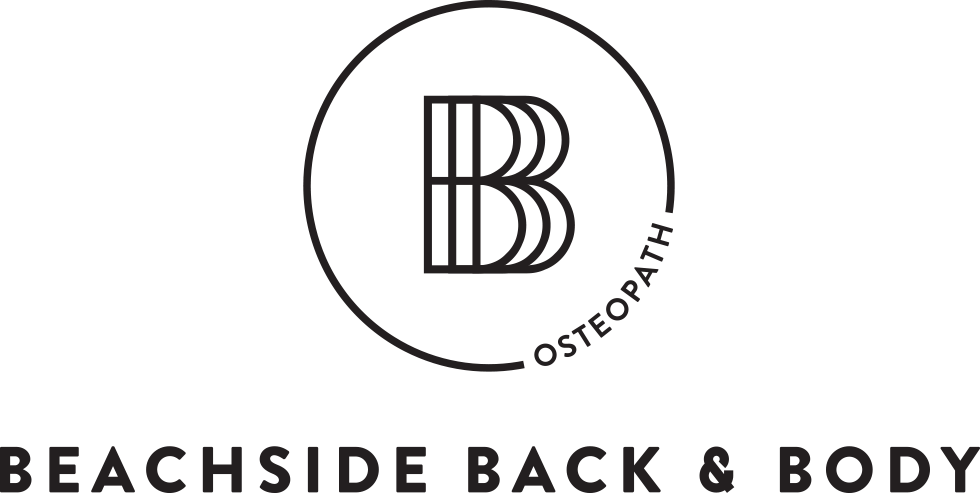June, 2023 is migraine and headache awareness month, (King, 2023), so at BBB we thought we would explore and discuss headaches, migraines and how we as Osteopathic practitioners aim to help. (Migraine Headache Awareness Month)
A headache is defined by The Mayo Clinic as “pain in any region of the head”. Headaches may occur on “one or both sides of the head, be isolated to a certain location, radiate across the head from one point, or have a vice-like quality.” (Mayo Clinic., 2020). In 2013 a team of researchers explored more than 20 different types of headaches (Zarshenas et al., 2013). As Osteopaths, the most common types of headaches we see in private practice are: cervicogenic headaches (caused by neck tension and/or injury), tension type headaches and migraines (with and without aura).
Headaches fall into one of two categories, primary or secondary headaches. Primary headaches are not a result of any underlying medical condition, these include: migraine (with and without aura), tension type headaches and trigeminal autonomic cephalalgias. Secondary headaches occur in relation to a specific medical condition or disorder that may be known to cause headache pain, the most common being headache associated with trauma or injury to the head and/or neck, referred to as a cervicogenic headache. The most common types of primary headache are migraine type headaches and tension headaches (Fernández-de-las-Peñas et al., 2020).
You may find yourself asking what is the difference between a headache and a migraine? The diagnostic criteria for each type of headache or migraine may deserve a detailed blog of its own. In short, many of us are going about our lives with what we consider to be a headache, however the symptoms meet the diagnostic criteria of a migraine. Researchers suggest that when it comes to migraine headaches, the frequency is significantly higher, being two to three times higher in neurologists when compared to non-neurologists. This is thought to be due to the under-reporting and under-recognition of a migraine by those non-neurologists (Wei Z et al.). In short the average person is under-reporting migraines due to the fact that we are generally less aware of the symptoms that make up a migraine.
Research indicates that headache pain is the fifth most common primary complaint when it comes to peoples’ health and seeking medical help. Approximately 96% of people will experience headache pain in their life, with a higher prevalence in females (Zarshenas et al., 2013). Manual therapy is the most common non-pharmacological treatment requested by patients that experience tension type, migraine and cervicogenic headaches. Non-pharmacological therapies are included on most international guidelines for management of tension type and migraine headache pain. However, it is worth acknowledging that not all treatments have the same effects on each patient or headache type. Management of a headache is most beneficial when it is multimodal: non-pharmacological, self management, possible use of pharmacological interventions and, most importantly, addressing the main causative factor/s (Fernández-de-las-Peñas et al., 2020).
As Osteopaths we will primarily treat and help manage the musculoskeletal components and factors that can influence a headache, including posture and trigger points. All the while endeavouring to find and correct the main causative factor/s (Blumenfeld & Siavoshi, 2018).
It has been proven that therapeutic exercises are effective at decreasing the intensity, frequency and duration of headache pain. Manual therapy including a combination of mobilisation techniques (especially to the tissue of the neck), stretching and soft tissue massage have similar effects to pharmacological interventions (pain killers) when it comes to managing headache pain (PMC).
When receiving Osteopathic treatment for headache pain, you can expect to receive a combination of various manual therapy techniques, and be prescribed exercises that can help you to self manage your headache pain. Whilst we know there are many factors that contribute to headache pain, we aim to help you manage the musculoskeletal components, meanwhile addressing and managing the other factors through ergonomic and lifestyle advice. In future blogs we will explore and explain some of the other factors that can contribute to headache pain.
Written By Harley Pascoe. Edited By Briony Chase.
References:
Headache (2020) Mayo Clinic. Available at: https://www.mayoclinic.org/symptoms/headache/basics/definition/sym-20050800 (Accessed: 21 May 2023).
Fernández-de-las-Peñas, C. et al. (2020) Clinical reasoning behind non-pharmacological interventions for the management of headaches: A narrative literature review, MDPI. Available at: https://www.mdpi.com/1660-4601/17/11/4126 (Accessed: 21 May 2023).
King, C. (2023) Migraine & Headache Awareness Month, MHAM. Available at: https://www.migraineheadacheawarenessmonth.org/ (Accessed: 21 May 2023).
Wei Z, Y., Blizzard, L. and Taylor, B.V. (no date) What is the actual prevalence of migraine? - wiley online library. Available at: https://onlinelibrary.wiley.com/doi/full/10.1002/brb3.950 (Accessed: 21 May 2023).
Zarshenas, M.M. et al. (2013) Types of headache and those remedies in traditional Persian medicine, Pharmacognosy reviews. Available at: https://www.ncbi.nlm.nih.gov/pmc/articles/PMC3731875/ (Accessed: 21 May 2023).
Blumenfeld, A. and Siavoshi, S. (2018) The challenges of cervicogenic headache - current pain and headache reports, SpringerLink. Available at: https://link.springer.com/article/10.1007/s11916-018-0699-z (Accessed: 21 May 2023).
PMC, E. (no date) Europe PMC. Available at: https://europepmc.org/article/med/30425380 (Accessed: 21 May 2023).
